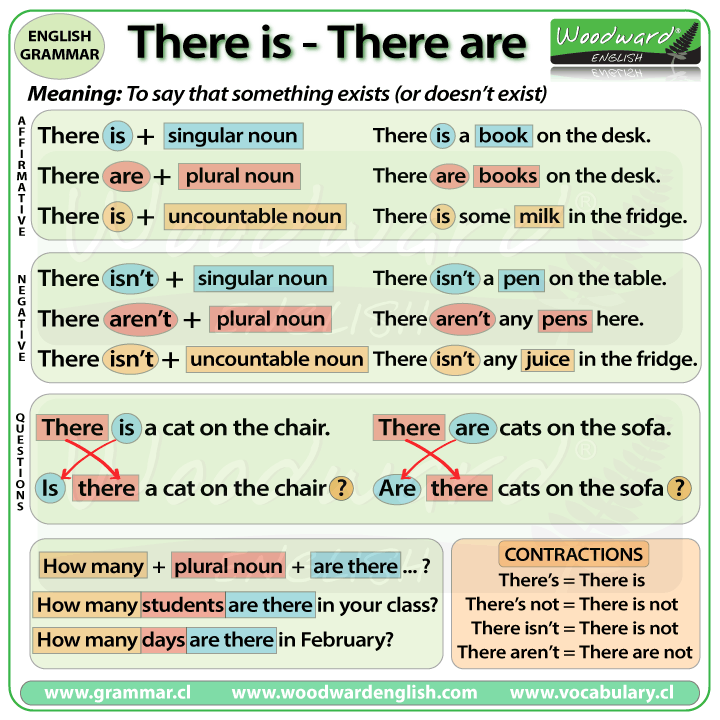What does Thanksgiving Day celebrate?
Thanksgiving was originally a holiday to give thanks to God for the harvest. Today it is an
opportunity to give thanks for all the good things God has given us. It is also a day to celebrate family.
When is Thanksgiving celebrated?
In the United States Thanksgiving is observed on the fourth Thursday in November. In Canada it occurs on the second Monday of October.
Who celebrates this day?
The day is widely celebrated throughout the United States and Canada.What do people do to celebrate?
The day is a national federal holiday in the United States. Most people have the day off as well as the Friday following, making a long weekend for travel and holiday.
The way most people celebrate this day is by getting together with family and having a large meal. Many people travel all over the country for large family gatherings on this day.
Many cities have large parades on Thanksgiving Day. Perhaps the largest and most famous parade is the Macy's Thanksgiving Day Parade in New York City. It is widely televised and has been running since 1924. Other cities with big parades on this day include Detroit, Philadelphia, and Chicago.
Another popular way to spend the day is watching NFL football. There are generally a number of football games on even though it is Thursday. The Detroit Lions are a traditional team that plays a game nearly every Thanksgiving.
Traditional Food
The traditional food for the Thanksgiving meal includes a turkey, cranberry sauce, potatoes, sweet potato casserole, stuffing, vegetables, and pumpkin pie.
History of Thanksgiving
Fun Facts About Thanksgiving
- Each year a live turkey is presented to the President of the United States who then "pardons" the turkey and it gets to live out its life on a farm.
- Around 46 million turkeys were eaten in the US on Thanksgiving in 2010. That's around one fifth of all the turkeys eaten for the entire year.
- Benjamin Franklin wanted the turkey to be the national bird instead of the bald eagle.
- Around 88 percent of Americans eat turkey on Thanksgiving.
- The Pilgrims sailed to America from Great Britain on a ship called the Mayflower.
- The day after Thanksgiving is called Black Friday. It is the biggest shopping day of the year.
















